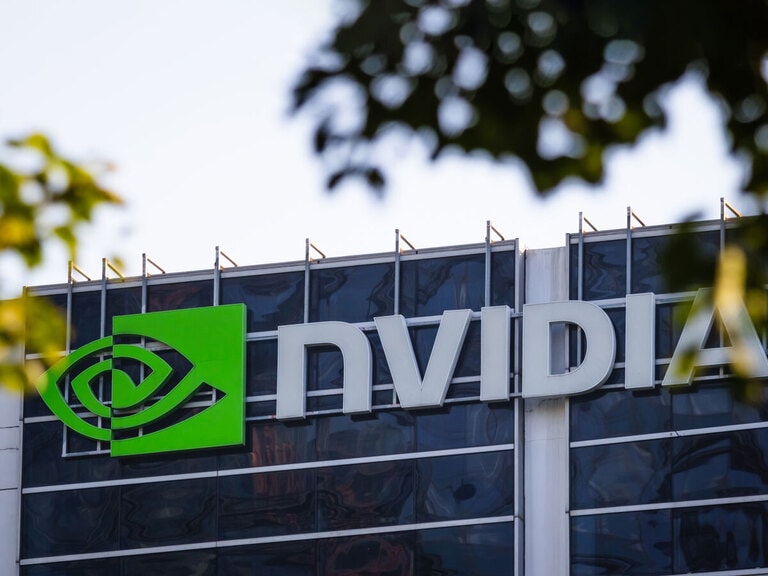Jumia’s [JMIA] stock popped last week off the back of impressive Black Friday results. Running from the first Friday in November until the end of the month, this year’s Black Friday campaign saw GMV and orders significantly increase year-on-year - up 30% and 39%, respectively. Unique visitors on the site during the period hit 40m, up 27%. Jumia also saw a surge in the number of merchants on the platform, up 11% to 46,000.
Investors were clearly impressed with those numbers and sent the African ecommerce company’s stock upwards. Between 6 December and 10 December, Jumia’s stock went from $10.30 to end the week at $12.84, a 28.83% gain.
But with Jumia’s stock down 60% on the year, is this ultimately a marginal jump, or can the share price build some momentum moving forward?
Why should investors care about Jumia’s stock
Despite last week’s impressive gains, Jumia’s stock has had a miserable 2021. So far this year the share price is down over 70% (through 14 December), with an intraday high of $69.89 hit on 10 February seemingly light years away. Over the past three months, Jumia’s stock decline has intensified with a 38% fall.
Jumia’s share price isn’t exactly expensive and there could be more upside to come as e-commerce expands across sub-Saharan Africa.
Ecommerce and mobile connectivity across Africa is undoubtedly growing at pace. TechCrunch points to the 2021 GSMA mobile report showing that in sub-Saharan Africa 303m people are connected to the mobile internet, over a quarter of the population. By 2024, 40% of the population is expected to have internet access on their phones.
40% by 2024
Proportion of sub-Saharan Africa predicted to have access to the internet, and to therefore to Jumia services, up from 25% in 2021
The market is also changing and Jumia itself has seen a shift away from customers buying electronics towards everyday products, such as food and clothes. In the third quarter, Jumia saw most of its orders come from the fast-moving goods category. A shift that Jumia has attributed to lockdown restrictions. The results also saw growth in annual active customers, up 8.1% year-on-year to 7.3m, suggesting that there is growing demand across Africa.
Yet the perennial question with Jumia is when is it going to deliver returns for investors. Between 20 November 2020 and 10 February the year, Jumia’s stock rocketed over 266% to trade around at just under $70 in intraday trading, much of it driven by the assumption that the COVID-19 pandemic would cause a permanent shift to online. Before that rally, the stock had spent the majority of 2020 trading well below $10 a share. And while Jumia’s stock hasn’t quite fallen to those levels just yet, it’s not far off.
Where next?
Despite being the largest e-commerce platform in Africa, Jumia’s stock has been continually weighed down by concerns over profitability. And while the company has pushed to expand its business, expansion needs investment, meaning profitability is seemingly still a long way off.
Operating losses in the third quarter came in at $64m, an eye-watering 93% jump. Sales and advertising expenses particularly weighed on the company, up 22% year-on-year to come in at $24m.
For Jumia’s stock to turn around in a meaningful way, it’s not just about being present as the market expands, it's also about the fundamentals. Right now the spiralling losses need to be addressed to give investors confidence in backing the company next year.
Continue reading for FREE
- Includes free newsletter updates, unsubscribe anytime. Privacy policy





